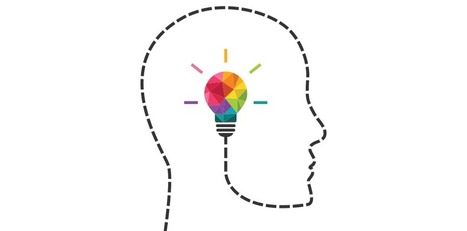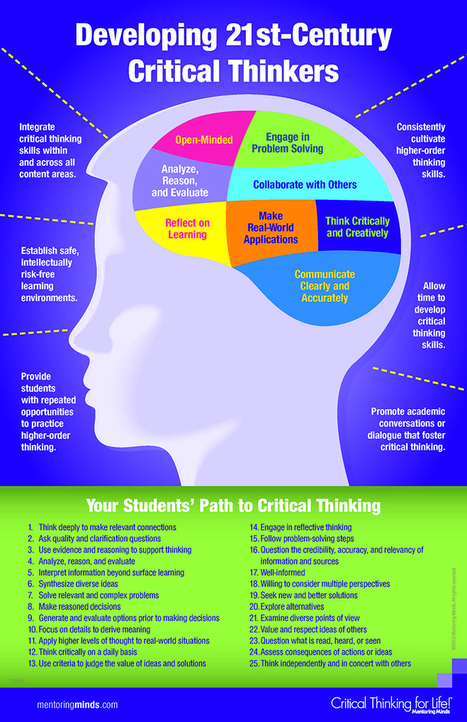Great leaders think strategically. They can understand and appreciate the current state as well as see possibilities.
- Critical thinking is the mental process of objectively analyzing a situation by gathering information from all possible sources, and then evaluating both the tangible and intangible aspects, as well as the implications of any course of action.
- Implementation thinking is the ability to organize ideas and plans in a way that they will be effectively carried out.
- Conceptual thinking consists of the ability to find connections or patterns between abstract ideas and then piece them together to form a complete picture.
- Innovative thinking involves generating new ideas or new ways of approaching things to create possibilities and opportunities.
- Intuitive thinking is the ability to take what you may sense or perceive to be true and, without knowledge or evidence, appropriately factor it in to the final decision.
Read more, a MUST:
http://www.forbes.com/sites/work-in-progress/2012/03/27/how-to-develop-5-critical-thinking-types/
Via
Jess Chalmers,
Gust MEES






 Your new post is loading...
Your new post is loading...



















